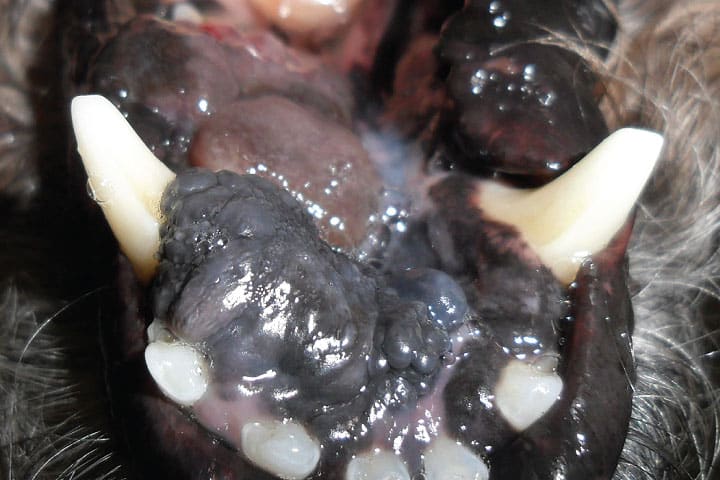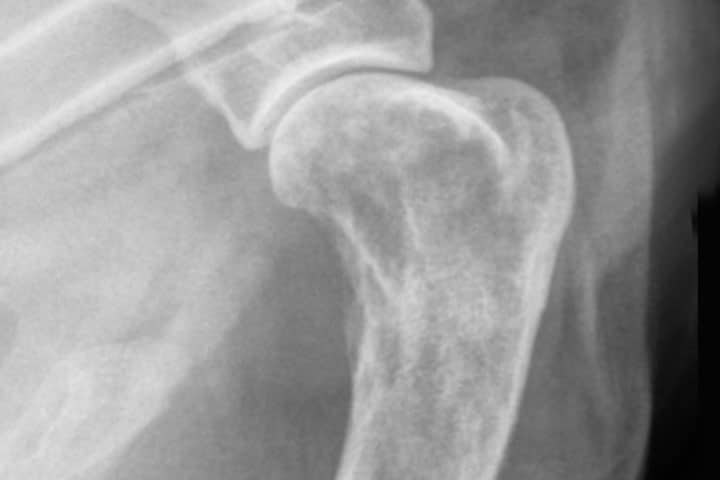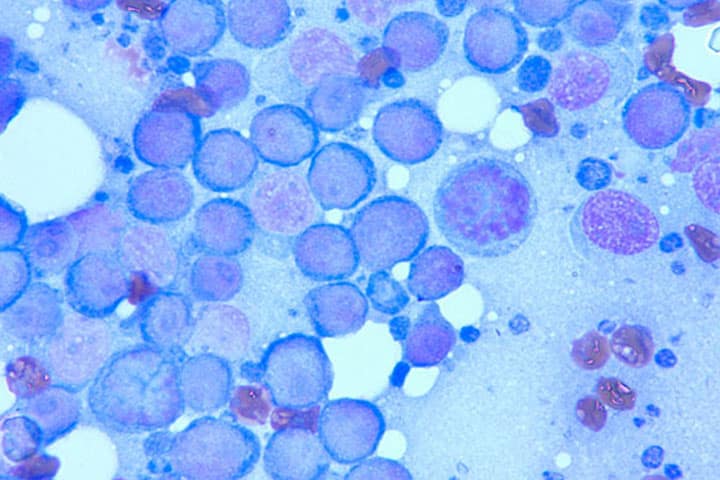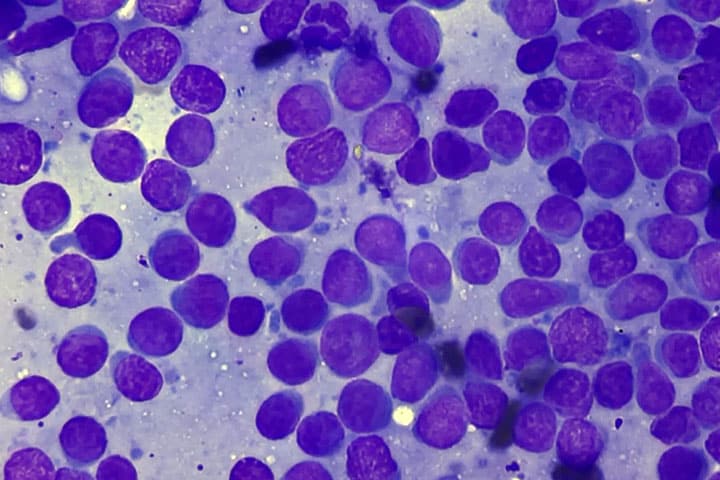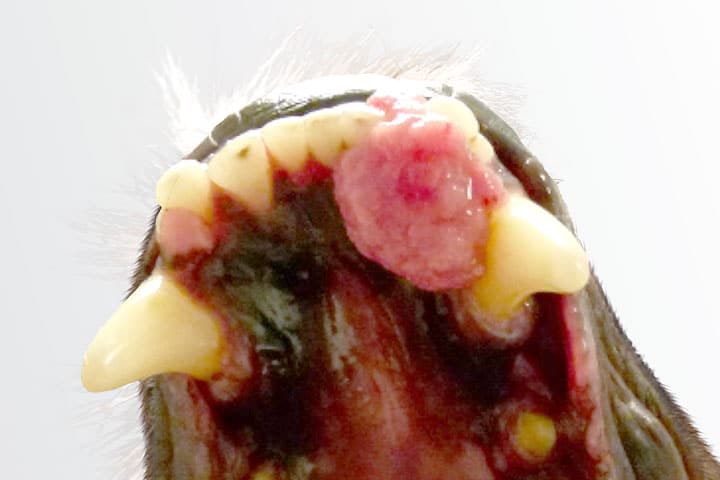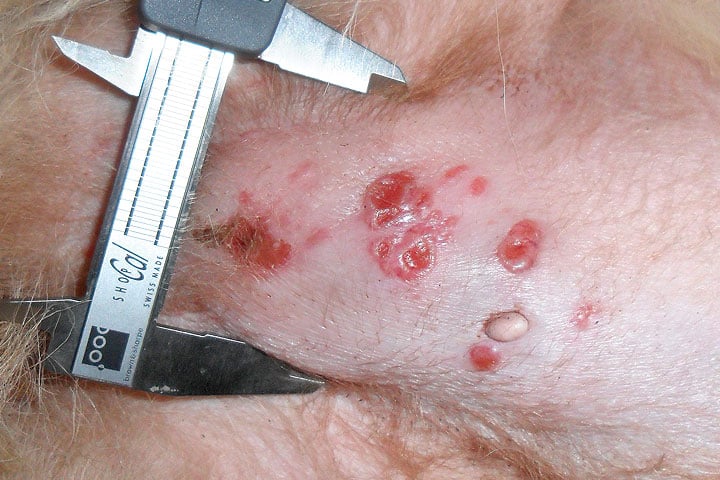Malignant Melanoma
Malignant melanoma is a confusing and challenging condition. Melanoma lesions exhibit a broad spectrum of malignancy from completely benign to disastrously malignant. Some lesions are easily recognised. But these are typically the less malignant ones. The nasty ones, the ones that will catch you out, are typically less recognisable, often non-pigmented. Inappropriate interventions can then…
Read MoreIdiopathic Chronic Rhinitis in Cats
Idiopathic chronic rhinitis can be frustrating to manage, due to its largely unknown aetiology and frequent recurrence of clinical signs. Here are some top tips and thoughts on how to approach these cases. What are the clinical signs of idiopathic chronic rhinitis in cats? Chronic or recurrent signs including stertor, nasal discharge (serous, mucoid or…
Read MorePrimary Brain Tumours
Primary brain tumours are common in dogs. Certain breeds such as Boston Terriers, Bulldogs, Boxers or Golden Retrievers are predisposed whereas others seem to be more resistant (Dobermans, Cocker Spaniels). Clinical signs vary depending of the location and growth rate and include seizures, behavioural changes, decreased mentation, circling or vestibular signs. Signs of increased intracranial…
Read MoreProximal Humeral Osteosarcoma
Canine appendicular limb osteosarcoma occurs predominantly at four sites which, in order of prevalence are: distal radius, proximal humerus, distal femur and proximal tibia. A massive 22% of diagnoses are reported to arise in the proximal humeral metaphysis (versus 29% in the distal radius). Furthermore, it is our observation that the proximal humeral location accounts…
Read MoreCanine Lymphoma in a COVID-19 Pandemic
Coronavirus has caused a massive change to all of our lives. How do we manage a suspected new case of lymphoma when afflicted by staff shortages, when unsure about whether we can and indeed should recommend that a client pursues a treatment plan which requires multiple veterinary visits when PPE is in short supply? What…
Read MoreEpitheliotropic Lymphoma
Epitheliotropic lymphoma is often hard to diagnose as it can take many forms and appear similar to many other dermatological conditions. It is also treated differently to other forms of lymphoma, and up until recently, there were many treatment options and not a lot of evidence as to which work well. This is now changing,…
Read MoreEpulis (plural Epulides)
The most frequently diagnosed oral tumour in dogs is the epulis. This is a group of gingival tumours characterised by slow growth, with minimal invasion and no propensity for metastasis. There are many names that are, have been and indeed will be used to define these tumours. These names, and the fact that they seem…
Read MoreCanine and Feline Mammary Tumours
Canine mammary tumours are the most common type of tumour in intact female dogs. In one recent study, almost 200 cases were seen per 100,000 dogs per year making this approximately ten times more prevalent than canine lymphoma. They appear to be increasingly prevalent and this may reflect changes in neutering recommendations and/or the influx…
Read MoreSterile Haemorrhagic Cystitis (SHC)
Everyone who handles cyclophosphamide will know that there is a significant risk of inducing severe haemorrhagic cystitis in dogs with its use. In the worst cases, this can be so severe that it leads to euthanasia. This can be all the more devastating in a patient whose cancer is in remission and expected to remain…
Read MoreUrine Testing for Bladder Cancer – The BRAF Mutation Test
What is the BRAF test? Cancer happens as a result of a number of mutations in a cell. Sometimes there can be completely different genes mutated in different animals with the same tumour. In TCC however, a mutation in a protein called BRAF is very common, occurring in 85% of dogs with this cancer. Importantly…
Read More